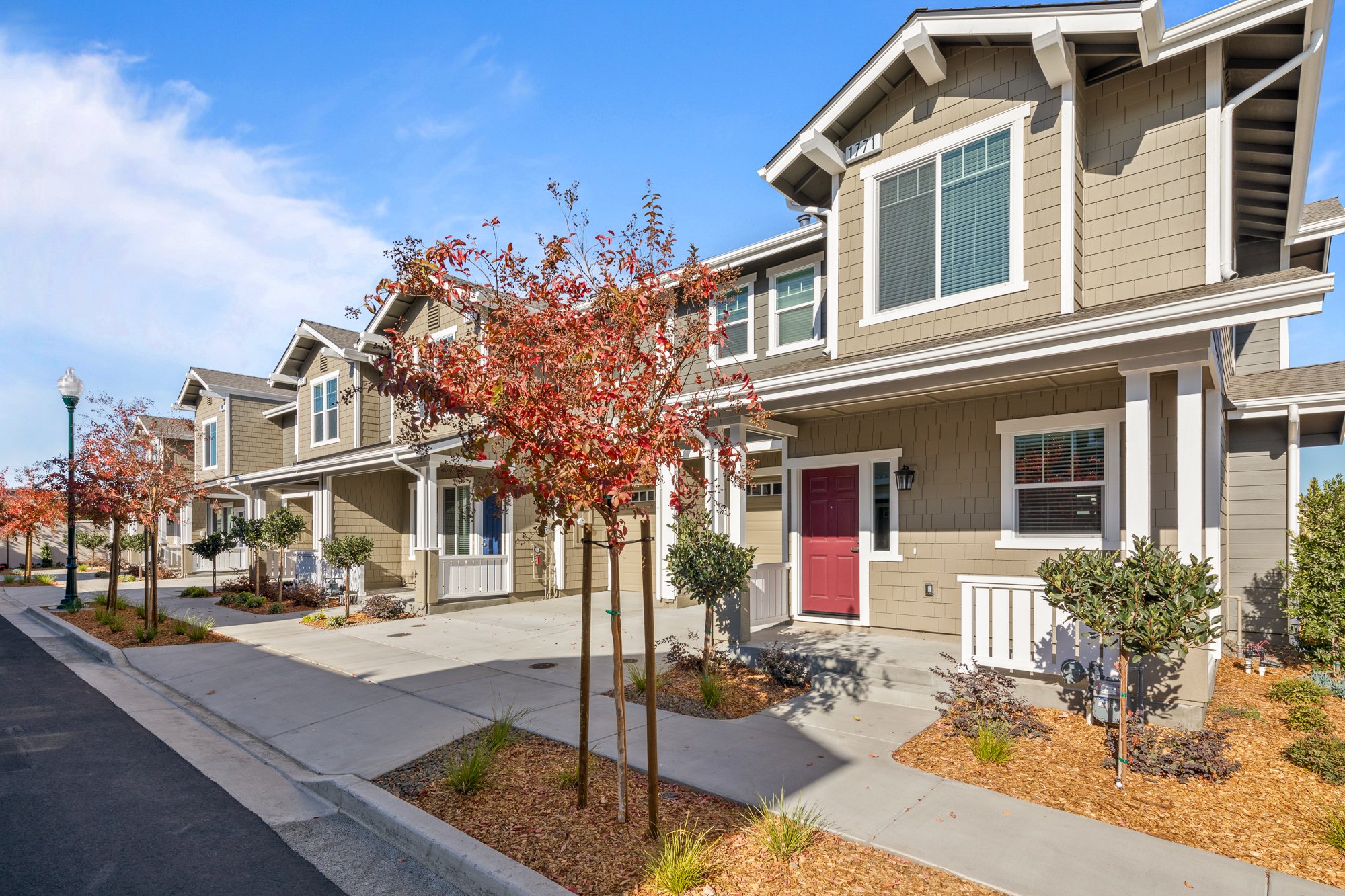Sonoma County Supervisors Claim They Want Affordable Housing
How can the Sonoma County Supervisors make housing more available & equitable?
The Supervisors have both the authority and the tools to make housing more available and more affordable. One critical tool at their disposal is the use of development impact fees to encourage (rather than discourage) the construction of the types of housing we need most.
What are development impact fees?
Development impact fees are imposed and collected by the county as a prerequisite to a building permit. Impact fees are levied upon new development and help fund new infrastructure such as parks, roads, and community facilities. These fees add costs to new construction, influence the kinds of housing that can feasibly be built, and are in addition to building permit fees and school impact fees. These types of fees naturally add to the cost of each unit or dwelling built.
What are the impact fees in Sonoma County?
The impact fees that the Supervisors have the tools to moderate are as follows:
Park Mitigation Fee: $3,678 per unit.
Traffic Mitigation Fee: $6,200.80 per unit
Wastewater/Sewer Fee: The average in the county is $7,765.28 per unit, with the county highest in one jurisdiction at $17,751.67 per unit.
Water fee: $4,000 per unit.
Note that these fees as they currently sit are per unit, regardless of whether the unit is 500 sq ft or 3,000 sq ft. Including the fees not listed here, impact fees for new units range from approximately $28,000- $35,000 per unit. This is before building permit fees.
How does this make sense?
The impact on community infrastructure by the construction of a studio, that has one bathroom and will house one to two people is much less of an impact then inhabitants of a four bedroom four bathroom home with five to six inhabitants.
So why would the impact fees be the same?
How does this fee structure encourage larger, more expensive homes to be built & discourage (or prevent) affordable housing from being built?
Fees for the smaller, more affordable units are so high compared to the value or income they can produce that an owner cannot charge enough rent to cover the cost. Essentially, they cost more to build then they’re worth. The only housing that is feasible with the current fee structure are large single-family homes and luxury apartments.
Do we really need more housing?
Yes! According to the Generation H report (Generation Housing) we are at the present time short 38,000 units. We are deficient in housing across the spectrum and in all areas of the county, but the need is most pressing for “essential” community members: teachers, first responders, and health care workers to name just a few. With our current impact fee structure, it’s no mystery why affordable housing is lacking.
What is the solution?
Generation Housing has proposed the following modification to the impact fees for the construction of units for families earning equal to or less than 80% of AMI*. These changes we support:
For a proposed unit of 600 sq ft or smaller, the developer would be required to pay 20% of the total development impact fees.
For a proposed unit of 601-800 sq ft the developer would be required to pay 30% of the total development impact fees.
For a proposed unit of 801-1000 sq ft the developer would be required to pay 40% of the total development impact fees.
A structure like the one above would reduce some of the fixed costs for development, thereby making it possible for developers to build smaller and more affordable units.
*AMI means Area Median Income.
What can I do to help?
You can help by going to Generation Housing’s website to learn more and sign their Petition and Call to Action at generationhousing.org. You can also reach out to your Supervisor with your support for this change.
Why all the fuss? Why do we care?
We grew up in this county when middle class earners - teachers, postal workers, grocery store clerks, and firefighters, could all live comfortably in Sonoma County cities and towns, able to rent apartments or even buy homes while still having expendable income to sustain the basic additional necessities - food, utilities, savings for children’s schooling etc. This is no longer the case. Although additional housing is needed for all income levels, the middle and lower earning workers and families have been hardest hit. The consequences of this shortfall have been accumulating for decades, resulting in severe overcrowding, with multiple unrelated individuals and families sharing dwellings meant for far fewer people. The financial stress results in increasing food insecurity, mental health problems, poor educational outcomes, and even homelessness. As long time and multigenerational residents who are fortunate to own homes in this area, we need to acknowledge that we depend daily on those who are excluded from decent, safe, and affordable housing due to the severe shortage. Every time we visit a grocery store, dine at restaurants, interact with our children’s teachers, get our cars serviced, or shop at local retail outlets, we are likely being served by individuals who struggle with housing affordability.
We formed the nonprofit, Gallaher Community Housing, in an attempt to try to address this need, but we need a modicum of cooperation from the county in order to do so. We believe it is both hypocritical and shameful to talk about the need for more affordable housing while simultaneously implementing and maintaining policies that discourage its development. We feel that unless we actively work to change this, we are complicit in its continuance.
















